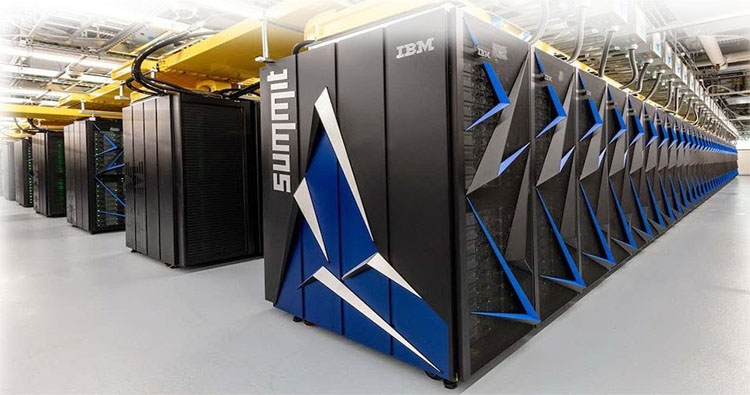New Delhi, Nov 18(UNI) Param Siddhi, the high performance computing-artificial intelligence (HPC-AI) supercomputer established under National Supercomputing Mission has achieved the global ranking of 63 in TOP 500 most powerful non-distributed computer systems in the world. The AI system will strengthen application development of packages in areas such as advanced materials, computational chemistry ands atrophysics, and several packages being developed under the mission on platform for drug design and preventive health care system, flood forecasting package for flood prone metro cities like Mumbai, Delhi, Chennai, Patna and Guwahati. This will accelerate R&D in our war against COVID-19 through faster simulations, medical imaging, genome sequencing and forecasting and is a boon for Indian masses and for start-Ups and MSMEs in particular. It is a boon for application developers and will help testing of weather forecasting, geoexploration of oil and gas recovery; aerodesign studies; computational physics and mathematical applications and even online courses for HRD.
The supercomputer with Rpeak of 5.267 Petaflops and 4.6 Petaflops Rmax (Sustained) was conceived by C-DAC and developed jointly with support of Department of Science and Technology (DST), Ministry of Electronics and Information Technology (MeitY) under NSM. “It is a historical first. India today has one of the largest supercomputer infrastructures in the world and that is evidenced by the ranking that Param Siddhi-AI has received today,” said Secretary Department of Science & Technology, Prof Ashutosh Sharma. “I truly believe that Param Siddhi-AI will go a long way in empowering our national academic and R&D institutions as well as industries and startups spread over the country networked on the national supercomputer grid over the National Knowledge Network (NKN)” added Sharma. He pointed out that with the infusion of Param Siddhi-AI, the scientific and technology community in the country will further be enabled and empowered to solve multidisciplinary grand challenges of healthcare, agriculture, education, energy, cybersecurity, space, AI applications, weather and climate modelling, urban planning to name a few.” “This is a compelling piece of our journey in Atmanirbharta through Science Technology & Innovation,” he stressed.

